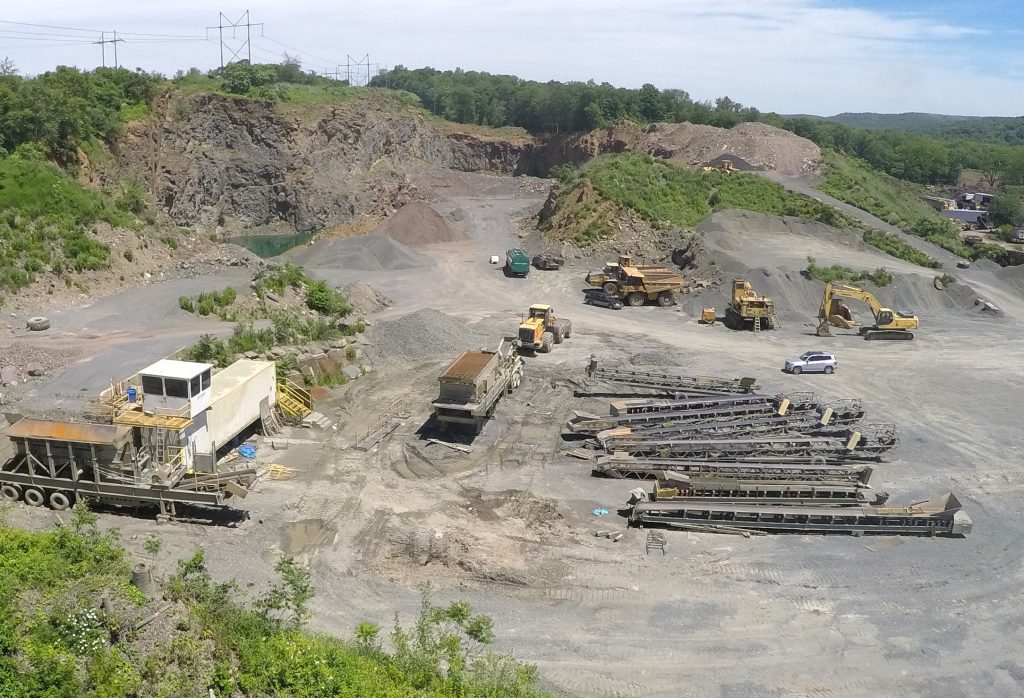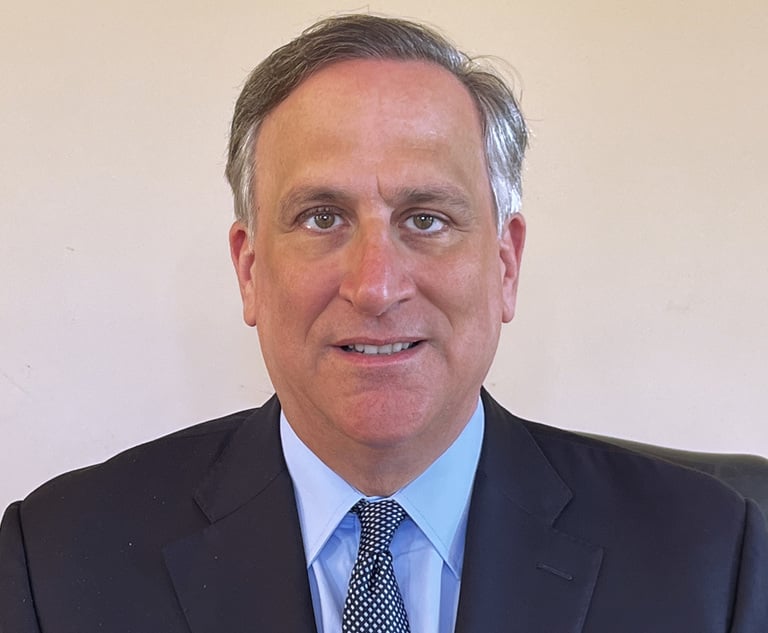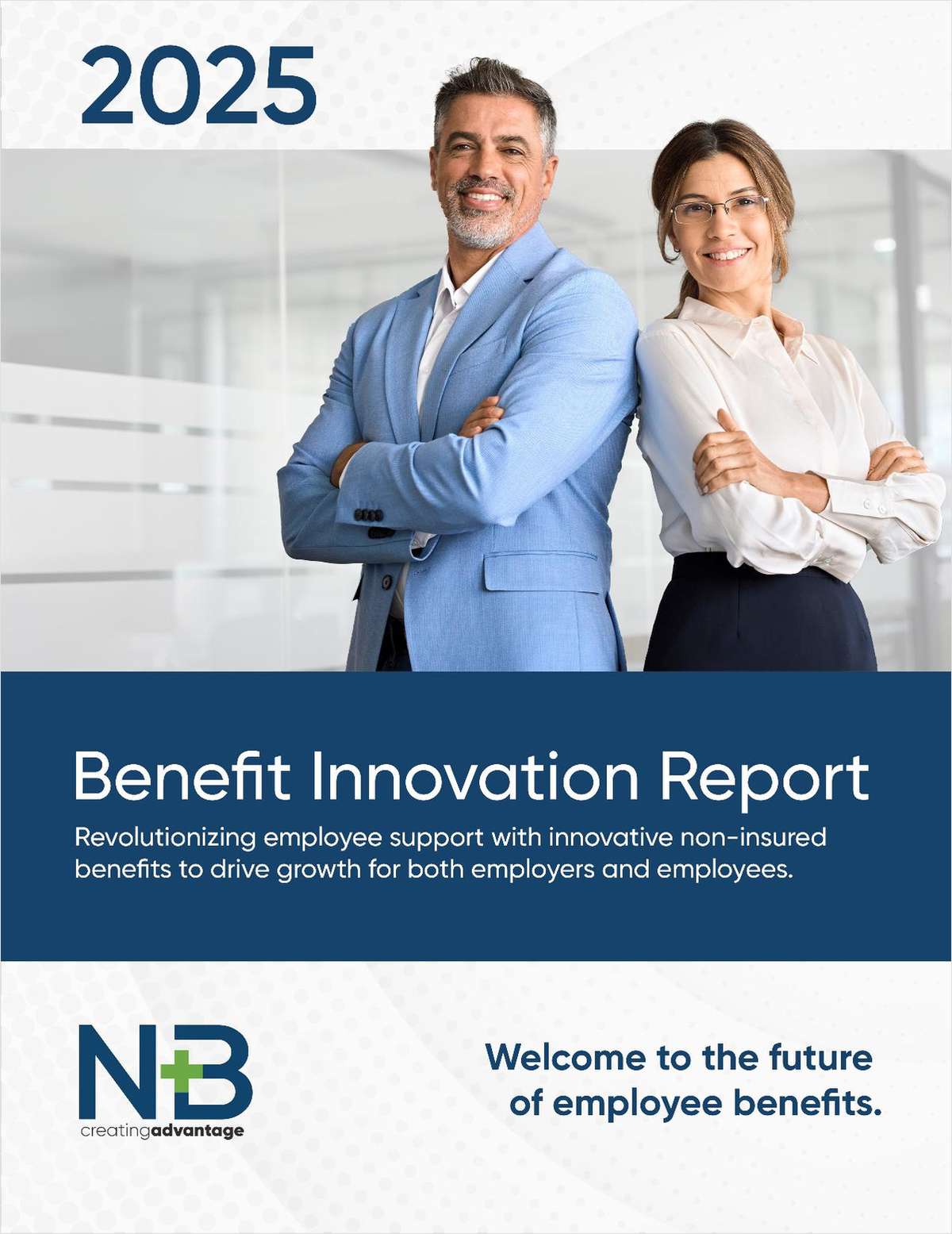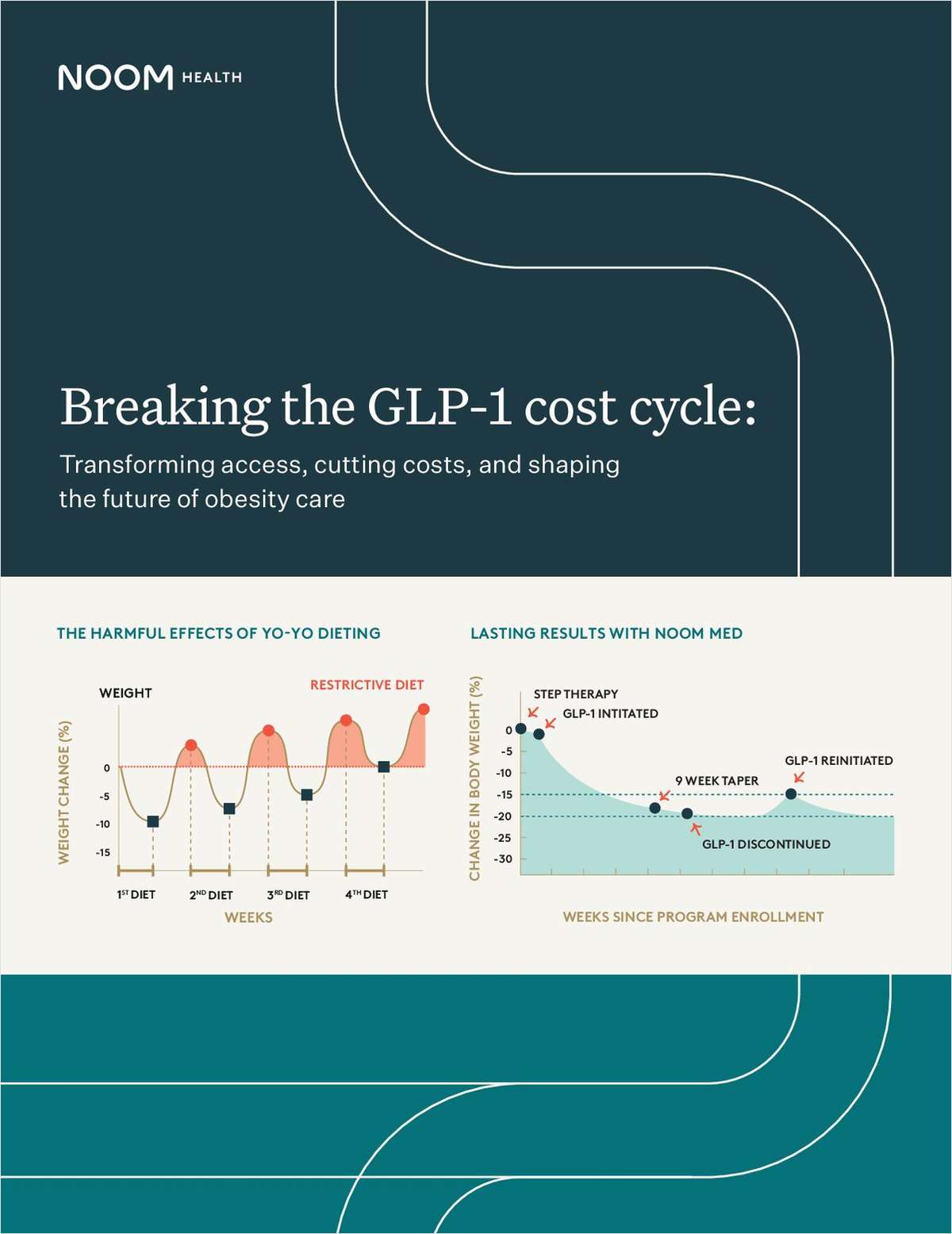Sometimes You Have to Dig Deep to Find the Law
A recent trial court decision is worth spending the time to consider for several reasons.
September 10, 2019 at 03:25 PM
6 minute read
 Farm River Rock quarry in East Haven, Connecticut (Courtesy Photo)
Farm River Rock quarry in East Haven, Connecticut (Courtesy Photo)
Most scintillating conversations don't involve Connecticut trial court decisions regarding nonconforming uses. But for anybody in the business of land use, among them planners, regulators and lawyers, and for those owning and operating a big business that is a nonconforming use, the issues are important.
A recent trial court decision is worth spending the time to consider for several reasons, chief among them are that the stakes are high because of the nature of the business, and there is ongoing litigation, including a $30 million federal lawsuit against the town of East Haven and another against the mayor and three other officials seeking $25 million. Also, the decision comes from Judge Marshall K. Berger, who has done more to create a consistent body of good land-use law than any jurist in the memory of those who have been around since he became a judge in 1988. And on top of all that, not one, not two, but all three of the state's leading land law luminaries stepped up to opine for the property owner that the use was a vested nonconformity.
The case is One Barberry Real Estate Holding v. Zoning Board of Appeals of the Town of East Haven, LND CV-17-6085489-S (Aug. 28, 2019), available at https://tinyurl.com/Quarry-Case. The New Haven Register reported on the decision and that article has a link to the earlier appeal to the Zoning Board of Appeals. They add much to the background and are worth reading.
Farm River Rock is a 30-acre quarry that has been in operation for more than 75 years. In 2017, the owner/operator cleared some trees as part of the mining operation and then placed an earthen berm on the perimeter to retain storm water runoff. The zoning enforcement officer issued two cease and desist orders on the ground (so to speak) that the quarry was not a nonconforming use. An appeal was taken to the ZBA contesting the orders and arguing the prior ZEO's opinion in 2014 that it was nonconforming should carry the day.
On top of that, a former ZEO who served for 20 years until his retirement in 2008 gave an affidavit that the quarry was a nonconforming use during his entire tenure. Over many years the fire marshal had issued numerous blasting permits and 28,000 loads, as in full truck loads, of earth material were removed.
And to virtually assure a landslide decision, the quarry got a nonpareil triumvirate of former Judge Robert Fuller (who literally wrote the book on Connecticut land use law), Mark Branse and Timothy Hollister to all agree the use was nonconforming. Fuller said: "This is clear as day to anyone who has practiced land law in the state of Connecticut."
Even in the face of that rock-solid evidence, the ZBA denied the appeal.
Berger found himself searching the entire record for any basis to uphold the ZBA's denial of the appeal because the ZBA had not given any reasons for its decision. He found that the 2014 letter by the then-ZEO was "[c]ritical to the issue of whether the quarry is a legal, nonconforming use." The letter, he writes in his decision, was not "hypothetical or merely advisory." Oh no, it was a "clear and definitive interpretation of the zoning laws." It was recorded on the land records and published.
So what? Everything about that 2014 ZEO decision made it appealable to the ZBA and guess what the town, which had every right to appeal to its own ZBA if it didn't like the ZEO's decision, could do, but didn't?
Right, appeal to the ZBA. And what happens when you don't appeal in the required time period? Game over. Berger then quickly dispensed with the quicksand problem of the zoning estoppel claim, because he didn't need to reach it, and he put aside the notion that the ZEO's 2014 decision couldn't be relied on because the ZEO had pleaded guilty in an unrelated matter.
Berger predictably invoked the touchstone nonconforming use case, Cioffoletti v. Planning and Zoning Commission, 24 Conn. App. 5, 584 A.2d 1200 (1991). That decision rolls off the tongues of land use lawyers as easily as an Italian chef talks up her risotto allo zafferano con petto d'anatra.
A question not at issue in this case, because the vested right (really, no need to say "grandfathered") was so complete and definitive, is what do we do with any nonconforming use that expands or intensifies its operations within a site? Is a nonconforming junkyard with 200 cars still a nonconforming use when it takes in 1,000 cars? Does a nonconforming mining operation using 20 acres of its 100-acre parcel have the right to increase its mining footprint or go deeper and deeper? Across the country, the law is typically that the owner has to show some intent to occupy and appropriate the entire parcel for the use, but a distinction is often drawn with mining. As a New York court observed, quarries are unique:
"By its very nature, quarrying involves a unique use of land. As opposed to other nonconforming uses in which the land is merely incidental to the activities conducted upon it [citations omitted][,] quarrying contemplates the excavation and sale of the corpus of the land itself as a resource. Depending on customer needs, the land will be gradually excavated in order to supply the various grades of sand and gravel demanded. Thus, as a matter of practicality as well as economic necessity, a quarry operator will not excavate his entire parcel of land at once, but will leave areas in reserve, virtually untouched until they are actually needed.
It is because of the unique realities of gravel mining that most courts which have addressed the particular issue involved herein have recognized that quarrying constitutes the use of land as a "diminishing asset" [citation omitted]. Consequently, these courts have been nearly unanimous in holding that quarrying as a nonconforming use cannot be limited to the land actually excavated at the time of enactment of the restrictive ordinance because to do so would, in effect, deprive the landowner of his use of the property as a quarry." Syracuse Aggregate v. Weise, 51 N.Y.2d 278, 434 N.Y.S.2d 150, 414 N.E.2d 651 (1980).
Attorney Dwight Merriam is a member of the Connecticut Law Tribune's editorial board.
This content has been archived. It is available through our partners, LexisNexis® and Bloomberg Law.
To view this content, please continue to their sites.
Not a Lexis Subscriber?
Subscribe Now
Not a Bloomberg Law Subscriber?
Subscribe Now
NOT FOR REPRINT
© 2025 ALM Global, LLC, All Rights Reserved. Request academic re-use from www.copyright.com. All other uses, submit a request to [email protected]. For more information visit Asset & Logo Licensing.
You Might Like
View All
ADVANCE Act Offers Conn. Opportunity to Enhance Carbon-Free Energy and Improve Reliability With Advanced Nuclear Technologies

Trending Stories
Who Got The Work
J. Brugh Lower of Gibbons has entered an appearance for industrial equipment supplier Devco Corporation in a pending trademark infringement lawsuit. The suit, accusing the defendant of selling knock-off Graco products, was filed Dec. 18 in New Jersey District Court by Rivkin Radler on behalf of Graco Inc. and Graco Minnesota. The case, assigned to U.S. District Judge Zahid N. Quraishi, is 3:24-cv-11294, Graco Inc. et al v. Devco Corporation.
Who Got The Work
Rebecca Maller-Stein and Kent A. Yalowitz of Arnold & Porter Kaye Scholer have entered their appearances for Hanaco Venture Capital and its executives, Lior Prosor and David Frankel, in a pending securities lawsuit. The action, filed on Dec. 24 in New York Southern District Court by Zell, Aron & Co. on behalf of Goldeneye Advisors, accuses the defendants of negligently and fraudulently managing the plaintiff's $1 million investment. The case, assigned to U.S. District Judge Vernon S. Broderick, is 1:24-cv-09918, Goldeneye Advisors, LLC v. Hanaco Venture Capital, Ltd. et al.
Who Got The Work
Attorneys from A&O Shearman has stepped in as defense counsel for Toronto-Dominion Bank and other defendants in a pending securities class action. The suit, filed Dec. 11 in New York Southern District Court by Bleichmar Fonti & Auld, accuses the defendants of concealing the bank's 'pervasive' deficiencies in regards to its compliance with the Bank Secrecy Act and the quality of its anti-money laundering controls. The case, assigned to U.S. District Judge Arun Subramanian, is 1:24-cv-09445, Gonzalez v. The Toronto-Dominion Bank et al.
Who Got The Work
Crown Castle International, a Pennsylvania company providing shared communications infrastructure, has turned to Luke D. Wolf of Gordon Rees Scully Mansukhani to fend off a pending breach-of-contract lawsuit. The court action, filed Nov. 25 in Michigan Eastern District Court by Hooper Hathaway PC on behalf of The Town Residences LLC, accuses Crown Castle of failing to transfer approximately $30,000 in utility payments from T-Mobile in breach of a roof-top lease and assignment agreement. The case, assigned to U.S. District Judge Susan K. Declercq, is 2:24-cv-13131, The Town Residences LLC v. T-Mobile US, Inc. et al.
Who Got The Work
Wilfred P. Coronato and Daniel M. Schwartz of McCarter & English have stepped in as defense counsel to Electrolux Home Products Inc. in a pending product liability lawsuit. The court action, filed Nov. 26 in New York Eastern District Court by Poulos Lopiccolo PC and Nagel Rice LLP on behalf of David Stern, alleges that the defendant's refrigerators’ drawers and shelving repeatedly break and fall apart within months after purchase. The case, assigned to U.S. District Judge Joan M. Azrack, is 2:24-cv-08204, Stern v. Electrolux Home Products, Inc.
Featured Firms
Law Offices of Gary Martin Hays & Associates, P.C.
(470) 294-1674
Law Offices of Mark E. Salomone
(857) 444-6468
Smith & Hassler
(713) 739-1250












